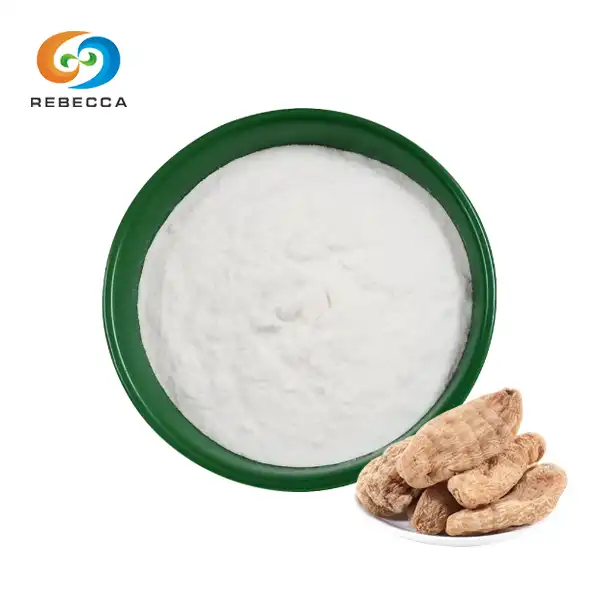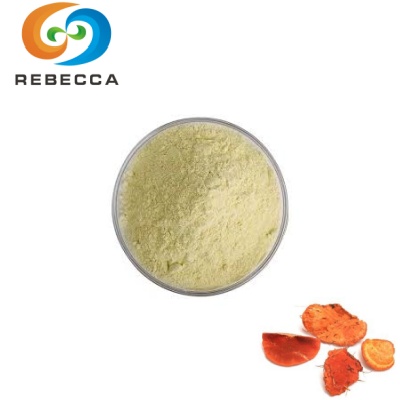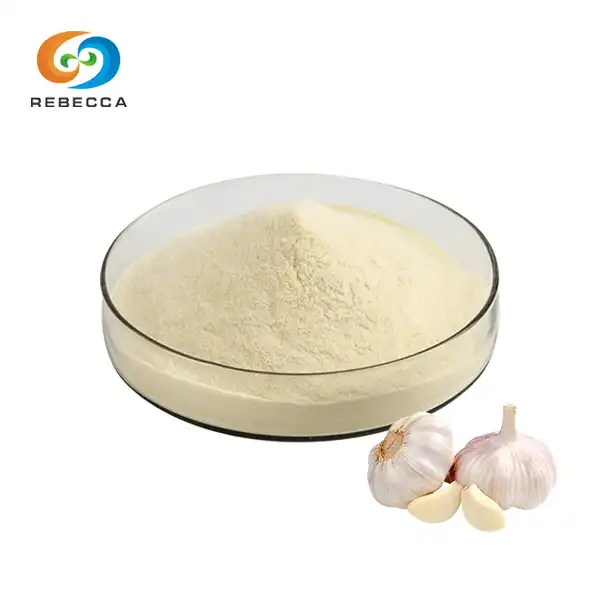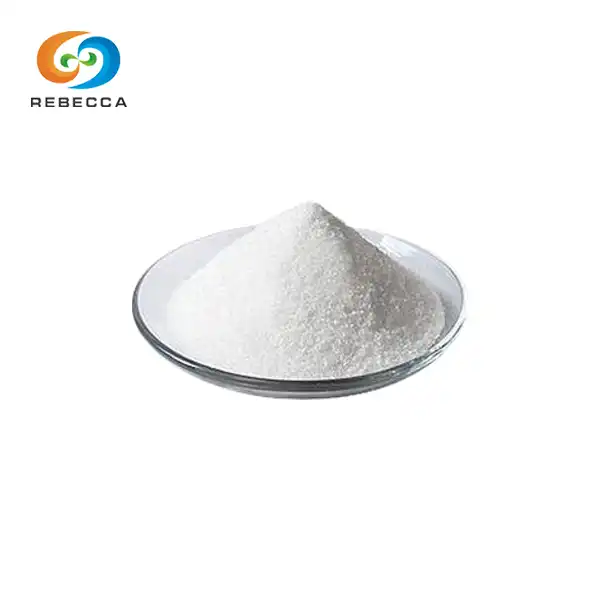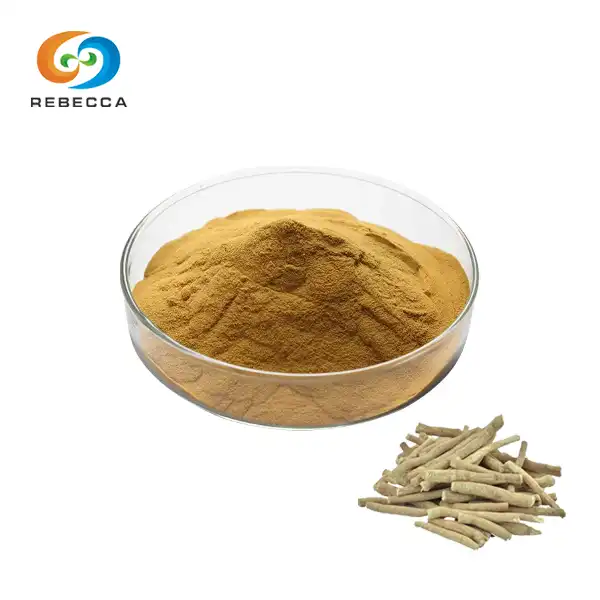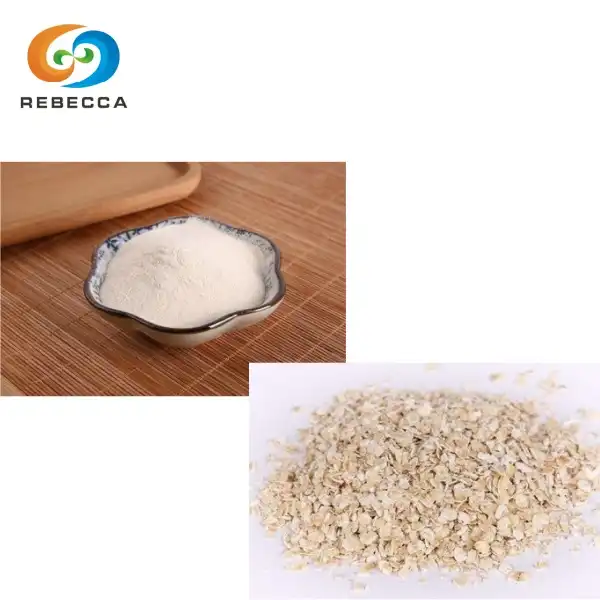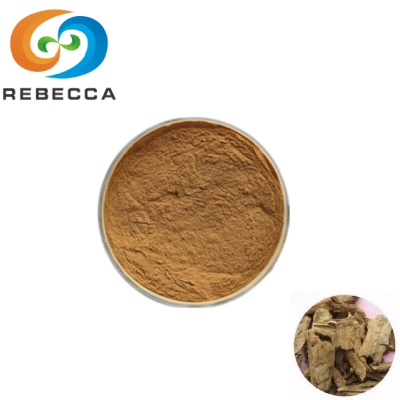Turmeric Root Powder VS Turmeric Extract
When it comes to harnessing the power of turmeric, the choice between turmeric root powder and turmeric extract, particularly curcumin powder, is crucial for both consumers and manufacturers. Turmeric root powder offers the whole spectrum of the plant's compounds, including essential oils and fiber, while turmeric extract provides a concentrated dose of curcuminoids, the active compounds responsible for many of turmeric's health benefits. The decision between these forms depends on the intended use, desired potency, and specific application requirements. Understanding the differences in nutrient profiles, processing methods, and versatility can help in selecting the most suitable form for various health, culinary, and industrial applications.
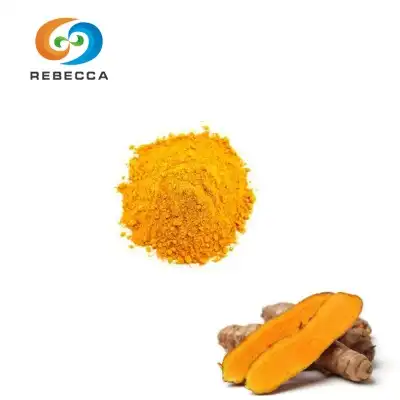
【English name】: Curcumin
【Latin Name】: Curcuma longa L.
【CAS No.】: 458-37-7
【Molecular Formula】: C21H20O6
【Active ingredients】: Curcumin, demethoxycurcumin, bisdemethoxycurcumin.
【Specification】: 10%~ 95% CP/EP/USP
【Use Part】 : Subterranean rhizome
【Appearance】: Orange yellow powder
【Mesh size】:80 Mesh
【Test Method】: HPLC
Nutrient Profiles: Comparing Whole Root to Concentrated Extract
Curcumin Content: Whole Root vs. Extract Potency
The curcumin content is a primary factor differentiating turmeric root powder from turmeric extract. Whole turmeric root powder typically contains 2-5% curcuminoids, with curcumin being the most abundant. In contrast, turmeric extracts, especially curcumin powder, can be standardized to contain up to 95% curcuminoids. This concentration allows for more potent doses in smaller quantities, making it particularly valuable for supplement manufacturers and pharmaceutical applications.
Essential Oils and Fiber: Benefits of Whole Turmeric
While turmeric extract boasts high curcumin levels, turmeric root powder retains the plant's natural essential oils and dietary fiber. These components contribute to turmeric's distinctive flavor and aroma, as well as offering additional health benefits. The essential oils, including ar-turmerone, enhance the bioavailability of curcumin and possess their own anti-inflammatory properties. The fiber content supports digestive health and may contribute to the overall antioxidant effects of turmeric.
Bioavailability: Absorption Rates of Different Forms
Bioavailability is a critical consideration when comparing turmeric root powder and extracts. Curcumin, in its natural state, has poor absorption in the human body. Turmeric root powder, with its combination of compounds, may offer slightly better absorption than isolated curcumin. However, many turmeric extracts are formulated with bioavailability enhancers, such as piperine from black pepper or phospholipid complexes, significantly increasing curcumin absorption. These enhanced formulations can achieve much higher blood levels of curcumin compared to traditional turmeric powder.
Processing Methods: How Extraction Affects Potency
Solvent Extraction: Pros and Cons for Turmeric Compounds
Solvent extraction is a common method used to produce turmeric extracts, including curcumin powder. This process typically involves using ethanol or other organic solvents to isolate curcuminoids from turmeric root. The advantages of solvent extraction include high yield and purity of curcuminoids. However, this method may also remove some beneficial compounds found in whole turmeric, such as certain essential oils. Manufacturers must carefully control the extraction process to minimize solvent residues in the final product, ensuring safety and compliance with regulatory standards.
Standardization: Ensuring Consistent Curcumin Levels
Standardization is a key advantage of turmeric extracts over whole root powder. By carefully controlling the extraction and processing methods, manufacturers can produce curcumin powder with precise concentrations of curcuminoids. This standardization is crucial for research, pharmaceutical applications, and consistent dosing in supplements. It allows for more accurate study of curcumin's effects and enables product developers to create formulations with predictable potency. In contrast, the curcumin content in whole turmeric root powder can vary significantly based on growing conditions, harvesting time, and storage methods.
Heat Impact: Retention of Volatile Compounds in Processing
The impact of heat during processing is an important consideration when comparing turmeric root powder to extracts. Drying and grinding turmeric root into powder can lead to some loss of volatile compounds, particularly if high temperatures are used. However, gentle processing methods can minimize these losses, preserving more of the root's natural compounds. In contrast, the extraction process for curcumin powder often involves higher temperatures, which can further reduce the content of heat-sensitive compounds. Some advanced extraction techniques aim to preserve these volatile components, offering extracts that more closely mirror the complete profile of whole turmeric.
Versatility in Use: Culinary and Medicinal Applications
Cooking with Turmeric: Powder vs. Extract in Recipes
In culinary applications, turmeric root powder is the preferred choice due to its rich flavor profile and vibrant color. It integrates seamlessly into a wide range of dishes, from curries and soups to smoothies and golden milk. The powder's fibrous content also contributes to the texture of dishes. Turmeric extract, particularly curcumin powder, is less common in cooking due to its concentrated nature and potential bitterness. However, it can be used in small amounts to boost the nutritional value of foods without significantly altering their taste or appearance.

Supplement Forms: Capsules, Tinctures, and Powders
In the realm of dietary supplements, both turmeric root powder and extracts find extensive use. Capsules filled with turmeric powder offer a convenient way to consume the whole root, while extract-based supplements provide higher doses of curcuminoids in smaller capsules. Tinctures made from turmeric extract offer a liquid alternative, allowing for flexible dosing and easy incorporation into beverages. Some manufacturers combine turmeric root powder with standardized extracts in their formulations, aiming to provide the benefits of both forms. The choice between these supplement forms often depends on the desired dosage, convenience, and specific health goals of the consumer.
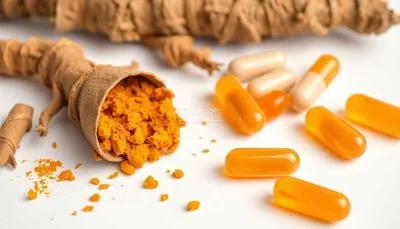
Topical Uses: Skin Benefits of Root Powder and Extracts
Both turmeric root powder and extracts have found their way into topical skincare products, each offering unique benefits. Turmeric root powder, with its gentle exfoliating properties and full spectrum of compounds, is often used in face masks and scrubs. It can help improve skin texture and promote a natural glow. Turmeric extracts, particularly curcumin-rich formulations, are frequently incorporated into serums and creams targeting specific skin concerns. The concentrated antioxidant and anti-inflammatory properties of these extracts make them valuable ingredients in products aimed at reducing redness, combating signs of aging, and promoting overall skin health.
The choice between turmeric root powder and turmeric extract depends on the specific application and desired outcomes. Turmeric root powder offers a holistic approach with its full spectrum of natural compounds, making it ideal for culinary uses and general wellness. Turmeric extract, especially in the form of curcumin powder, provides a concentrated dose of curcuminoids, suitable for targeted supplementation and research purposes. Both forms have their place in the market, catering to different needs in the food, supplement, and cosmetic industries. As research continues to uncover the benefits of turmeric's various compounds, the demand for both whole root powder and specialized extracts is likely to grow.
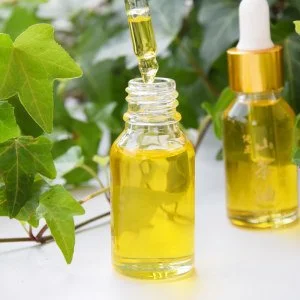
Pure Curcumin Powder Supplier
Shaanxi Rebeccia stands out as a leading curcumin supplier in China. Our production base is equipped with internationally leading extraction, separation, and purification equipment, and operates in strict compliance with GMP and ISO standards. From raw material procurement to finished product delivery, every step undergoes rigorous quality control to ensure the safety and efficacy of our products. We offer curcumin with specifications including: Active ingredients: Curcumin, demethoxycurcumin, bisdemethoxycurcumin. Specification: Curcuminoids 10%~ 95%. Use Part: Subterranean rhizome. Appearance: Orange-yellow powder. Mesh size: 80 Mesh. Test Method: HPLC. For inquiries about our high-quality curcumin powder and other turmeric products, contact us at information@sxrebecca.com.
References
- Hewlings, S.J. and Kalman, D.S. (2017). Curcumin: A Review of Its Effects on Human Health. Foods, 6(10), 92.
- Prasad, S. and Aggarwal, B.B. (2011). Turmeric, the Golden Spice: From Traditional Medicine to Modern Medicine. In Herbal Medicine: Biomolecular and Clinical Aspects. 2nd edition. CRC Press/Taylor & Francis.
- Ng, Q.X., Koh, S.S., Chan, H.W. and Ho, C.Y. (2018). Clinical Use of Curcumin in Depression: A Meta-Analysis. Journal of the American Medical Directors Association, 19(4), 372-376.
- Khayat, S., Fanaei, H., Kheirkhah, M., Moghadam, Z.B., Kasaeian, A. and Javadimehr, M. (2015). Curcumin attenuates severity of premenstrual syndrome symptoms: A randomized, double-blind, placebo-controlled trial. Complementary Therapies in Medicine, 23(3), 318-324.
- Kunnumakkara, A.B., Bordoloi, D., Padmavathi, G., Monisha, J., Roy, N.K., Prasad, S. and Aggarwal, B.B. (2017). Curcumin, the golden nutraceutical: multitargeting for multiple chronic diseases. British Journal of Pharmacology, 174(11), 1325-1348.
